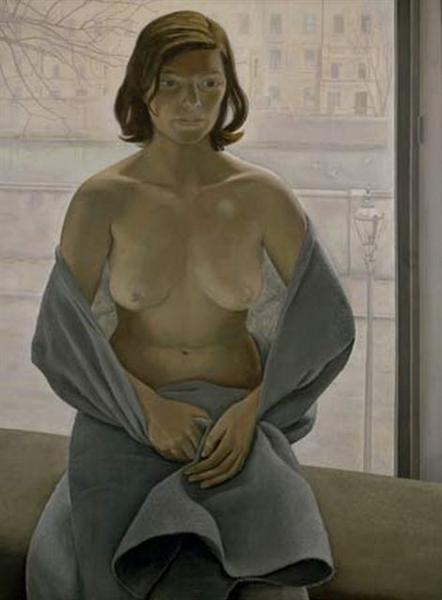1950 - 1970
Contemporary Realism

description
Contemporary realism. New Realism. Modern Realism. American Realism
Contemporary realism is an art movement that appeared in the late 1950s and early 1970s in the USA as modernization of realism with the help of new methods of contemporary art; it is quite popular today. The term appeared in the early 1960s.
In the paintings, there are techniques of impressionism, art deco, magical realism and graphics; contemporary realism opposes cubism and expressionism. In general, artists adhere to the rules of Academism. The works are characterized by a bright palette, homogeneous colour fields, large scale and special tonality of figurativeness, similar to Art Deco. Artists are not afraid of space.
Genres: nude, portrait, landscape, cityscape, still life, animalistic. Media: oil, watercolour, pencil, canvas, wood, panel, paper.
Similar art movements: Photorealism, Social realism, Regionalism.
Key ideas:
– The human body is the dominant object in the pictures of contemporary realists; it is inscribed in space, everyday situations and non-trivial “nude” poses.
– The main idea is objectivity, which expresses the importance of depicting real natural objects, but not ideal ones. Even if the picture contains social semantics, it is of secondary importance.
description
An English artist of German-Jewish origin. One of the most extraordinary and popular painters of the twentieth century. A grandson of famous psychoanalyst Sigmund Freud.He was born into a Jewish-German family. Before the Second World War, the family moved to London, where Lucien studied at the Central School of Art, the School of Painting and Drawing in East Anglia and Goldsmiths College. Since his childhood, he had demonstrated great abilities for the fine arts. One of his drawings was chosen for an exhibition of children's art at the London gallery Peggy Guggenheim. Because of bad behavior, he did not finish his studies and went to work for the merchant navy.Lucien Freud mostly painted portraits and nude models in the interior. He was notable for his unusual approach to the depicted objects and rejected all canons in painting. The artist is known for images of celebrities, among which there are popular actors, musicians and even Elizabeth II, the Queen of Britain. The original manner in which the artist worked was often criticized, although it provided him tremendous success. One of his paintings, "The Sleeping Social Worker" - was sold at Christie's auction for record 17.2 million pounds sterling. In addition, Lucien Freud entered history as one of the central figures of the "London School of Painting" - a movement that contrasted itself with popular abstract art and became the basis for the emergence of a new generation of British artists.
1922 - 1911
